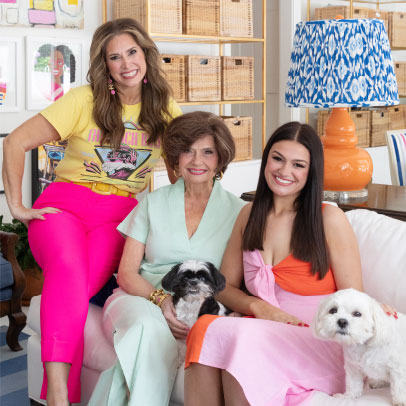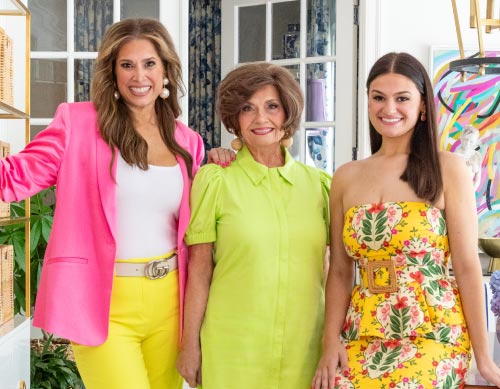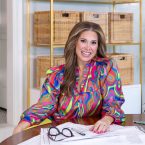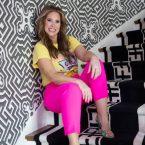
This week on the podcast, I’m being a little spontaneous and doing my first ever listener Q&A episode! I’m also introducing a new segment to the podcast where I highlight a review from a listener, so if you want to be the next person featured on my listener spotlight, make sure to leave a review on iTunes!
I receive so many great questions about business, trusting yourself, and burnout; I think my answers today will be super helpful to anyone who is working on improving their life or business. I’m also sharing how my program, Design You, has been created to combine business and mindset tools so that anyone can achieve the success they dream of.
Join me this week for my first ever Q&A episode! I really enjoyed discussing these topics and I hope you can implement some of the tips and advice I share!












